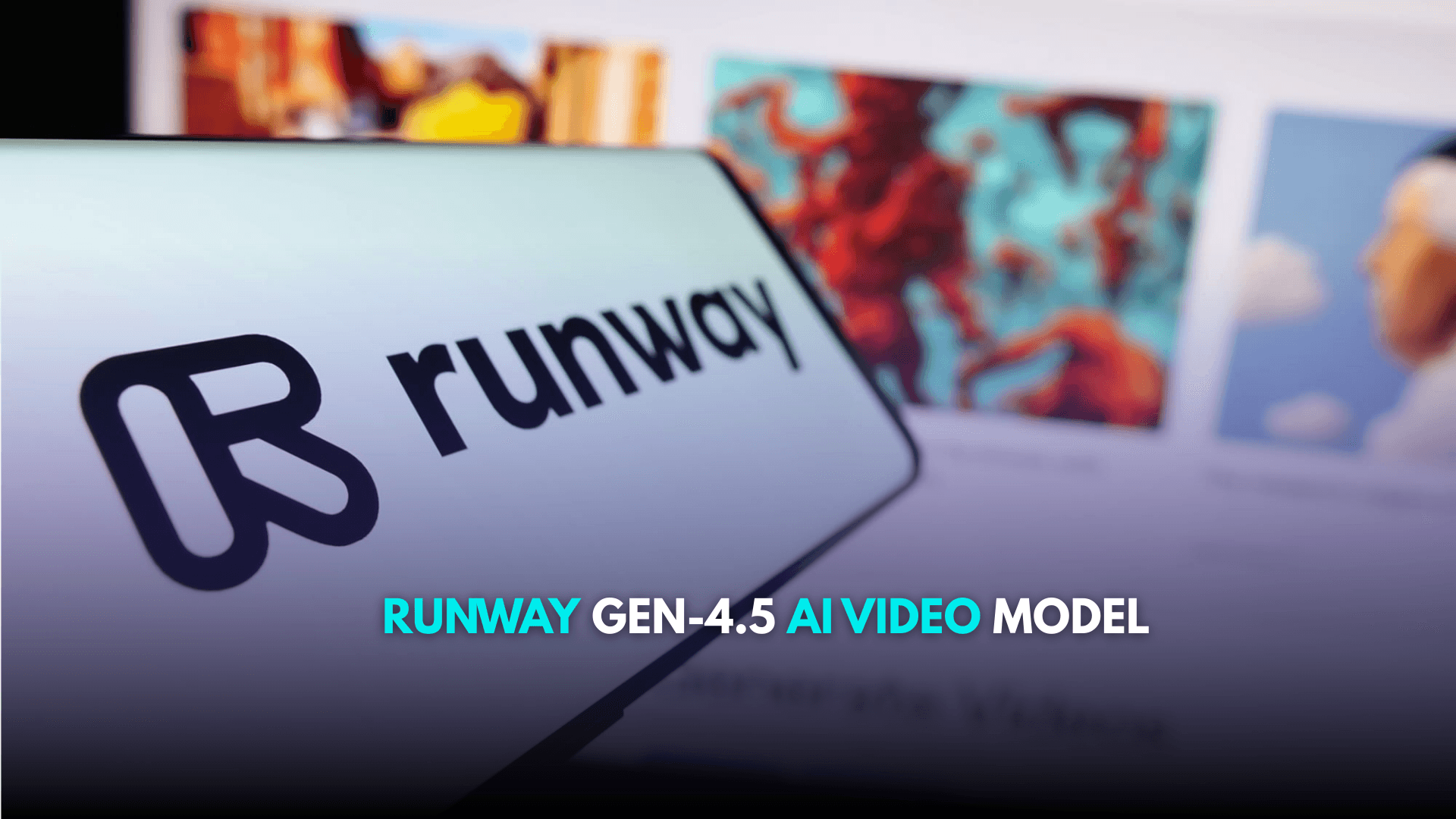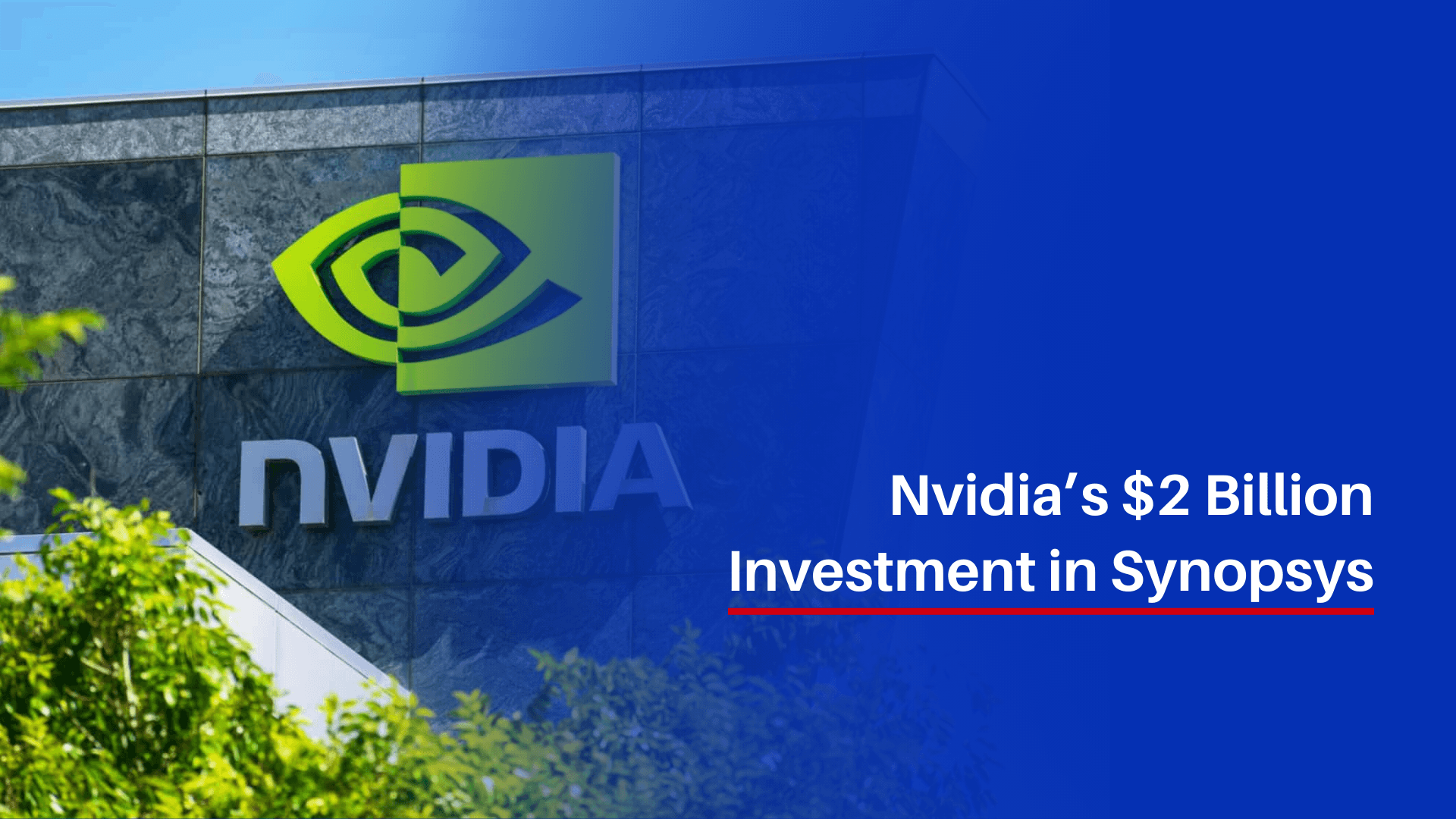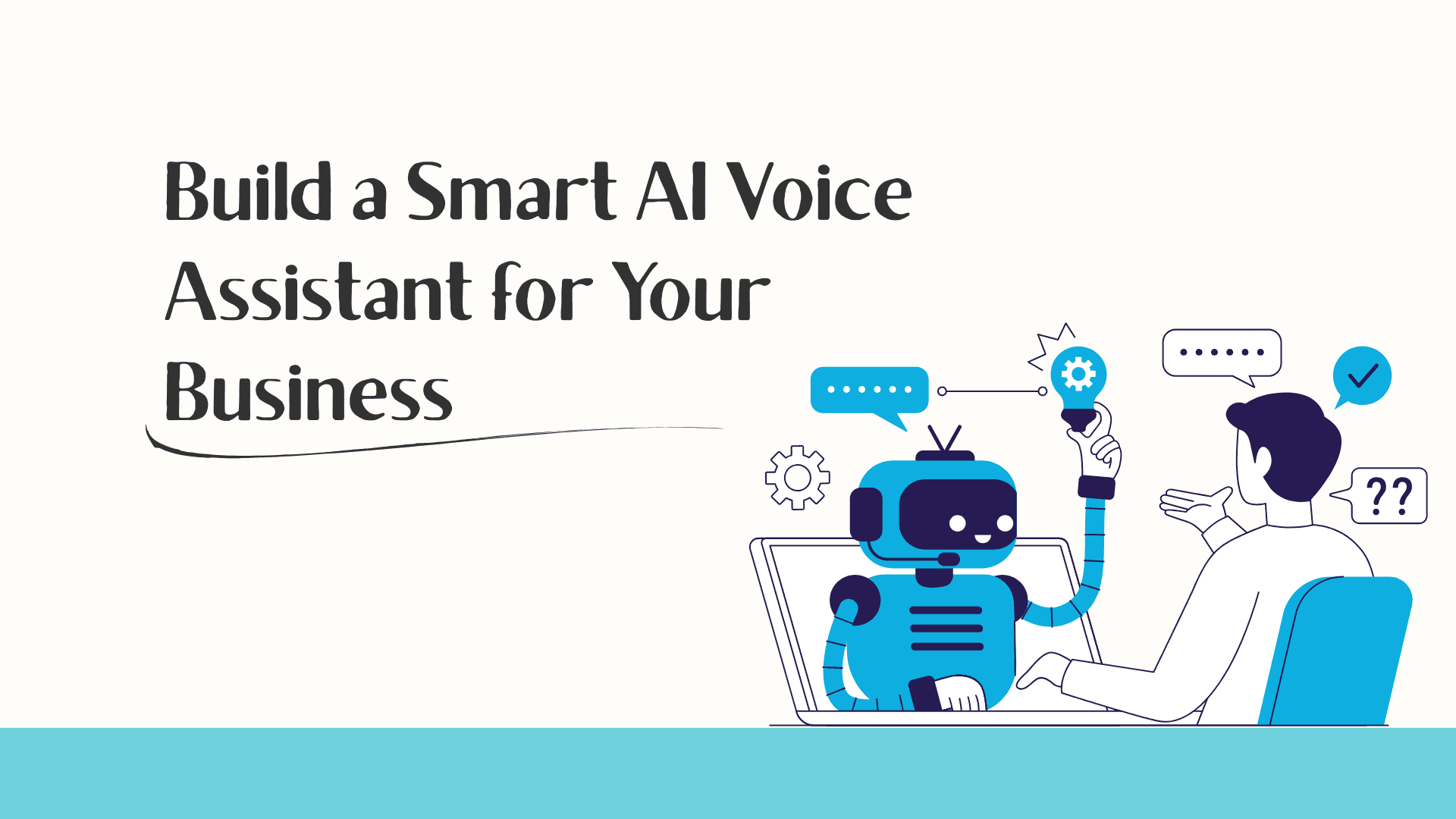
Let’s face it in the digital age, data doesn’t just sit around waiting to be batch-processed. It moves. It flows. And businesses that can’t keep up with that movement? They fall behind. That’s where Apache Kafka enters the picture not as some passing tech trend, but as a cornerstone for real-time data architecture.
So, what makes Kafka so critical today? And why are companies betting big on it to handle their data pipelines? Let’s break it down in plain English.
What Is Apache Kafka
In simple terms, Apache Kafka is a platform that lets you handle streams of data think of it like a smart, high-speed highway system for information. Originally developed by LinkedIn (yep, that LinkedIn) and now maintained under the Apache Software Foundation, Kafka is open-source and built to move massive amounts of data in real time.
But unlike older systems that just toss data around and forget about it, Kafka keeps your data available, durable, and ready for action whether it’s being read once or a hundred times.
How Kafka Actually Works
Imagine you're running a business where different apps and systems need to talk to each other fast. Kafka makes that possible by handling three key roles:
Producers – These are your data sources: apps, sensors, services, etc. They generate information and send it into Kafka.
Topics – Kafka organizes all that incoming data into logical “buckets” called topics. Each topic is like a running log where events are stored in the exact order they arrive.
Consumers – On the other end, consumers pull that data from topics either in real time or later to use it however they need.
The beauty? All of this happens without clogging the system. Kafka makes sure everyone gets the data they need, when they need it, without stepping on each other’s toes.
Why Kafka Has Become a Big Deal
You’re probably wondering why is this the tool everyone’s talking about?
Here’s why developers and businesses love Kafka:
1. Scales Like a Champ
Whether you're handling 10 events per second or 10 million, Kafka can handle the load. Need to grow? Just add more servers — no major reconfigurations, no downtime. It scales horizontally, which is a fancy way of saying “it grows with you.”
2. Doesn’t Break Under Pressure
Distributed systems fail that’s a fact. Kafka is built with that reality in mind. It keeps copies of your data across multiple servers, so even if something crashes, you don’t lose your data.
3. Speed, Without Sacrifice
Kafka is fast. Not just fast-for-a-database fast it’s designed to handle millions of messages per second with barely any lag. And that performance stays solid even as your data volumes grow.
4. Keeps Data Around (When You Want It)
Most messaging systems ditch data after it’s used. Kafka? It gives you options. Want to keep messages for hours, days, or even longer? You can. That makes it easy to replay past data or onboard new services without missing anything.
Who’s Using Kafka?
Kafka isn’t just living in academic labs or obscure IT departments. It’s powering some of the biggest names in tech and business:
Netflix uses it to track what users watch and interact with, feeding real-time recommendation engines.
Lyft depends on Kafka to track drivers and match them with riders every second counts.
Banks and financial institutions rely on it to spot suspicious behavior the moment it happens.
E-commerce giants use it to understand customer behavior and serve up personalized experiences.
In short: if a company needs real-time insights, Kafka is likely in the mix.
Kafka vs. Traditional Messaging Systems
Let’s get real there are other tools out there like RabbitMQ or ActiveMQ. They’re good for passing messages, sure. But Kafka does more. It’s not just a messenger; it’s a streaming platform.
Here’s where it stands out:
Retention: Kafka doesn’t delete data as soon as it’s used you decide how long to keep it.
Scale: Kafka handles enormous volumes without choking.
Replayable: Missed a message? Want to reprocess old data? Kafka makes that easy.
Processing power: With Kafka Streams, you can manipulate data while it’s moving.
How Do You Get Started?
Setting up Kafka isn’t rocket science, but you do need to know the basics. Here's a simplified roadmap:
Install Kafka – Get it running locally or in the cloud. You’ll also need Zookeeper (or the newer Kraft mode).
Create Topics – These are your data categories.
Build Producers – These are the systems or apps pushing data into Kafka.
Develop Consumers – These apps pull and process the data.
Stream Data – Use the Kafka Streams API to transform data on the fly.
Kafka Streams: Real-Time Data Magic
Kafka Streams is where things get even cooler. It lets you work with your data while it’s in motion. Think of it like editing a movie as the scenes are being filmed.
You can:
Filter out noise
Group and summarize data
Add context to events
Change formats mid-stream
Spot anomalies as they happen
No need to store everything and analyze it later. You do it live, as it flows.
Is Kafka Right for Your Business?
Let’s be honest Kafka isn’t a one-size-fits-all tool. But if your business depends on real-time decisions, constant data flow, or complex system integrations, it’s absolutely worth looking into.
Consider Kafka if you:
Need instant responses from your apps
Handle big spikes in user or device data
Want to connect multiple services with reliable pipelines
Work with IoT sensors or connected devices
Are building platforms that need historical data access
Are moving toward microservices or event-driven systems
Final Thoughts
We’re moving past the age of batch jobs and delayed reporting. Businesses now run in real time and their data infrastructure has to keep up.
Apache Kafka is one of the few tools out there that’s up to the challenge. It’s battle-tested, trusted by major players, and flexible enough to grow with your needs.
Whether you’re just getting started or looking to overhaul your systems, Kafka gives you the foundation to build smarter, faster, and more responsive applications.
If your business depends on data and let’s face it, whose doesn’t these days? then Kafka might just be the secret weapon you didn’t know you needed.
You might also like

Runway Gen-4.5 AI Video Model - Faster and Smarter Than Google and OpenAI
Runway launches Gen-4.5 AI video model. It can turn text into videos quickly and beats models from Google and OpenAI in tests.

Nvidia’s $2 Billion Investment in Synopsys
Nvidia invests $2 billion in Synopsys to make smarter computer chips and faster AI. Learn how this partnership can improve technology for businesses and industries

Build a Smart AI Voice Assistant for Your Business Fast, Simple, and Ready to Use
Create your own AI voice assistant in minutes with Kayan. Answer customer questions, handle calls, and improve support without coding or technical skills. Simple, fast, and ready to use.
Enjoy this article?
Subscribe to our newsletter to get more insights on technology, design, and the future of digital innovation.
CRTVAI
Unlock AI's full potential with expert insights from leading software innovators. Subscribe for exclusive content on ChatGPT integration, custom development solutions, and transformative technologies that deliver measurable business results.
Popular Posts

10 Software Design Patterns Made Simple: A Guide for New Programmers

Google Gemini 2.5 Pro and China’s AI Boom Are Rewriting the Rules of the AI Race

Why Everyone in MENA is Talking About Evalia AI for Call Centers
